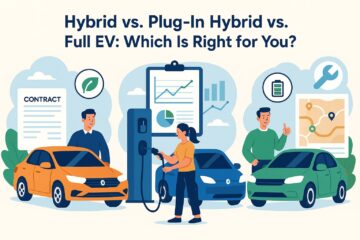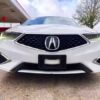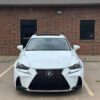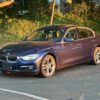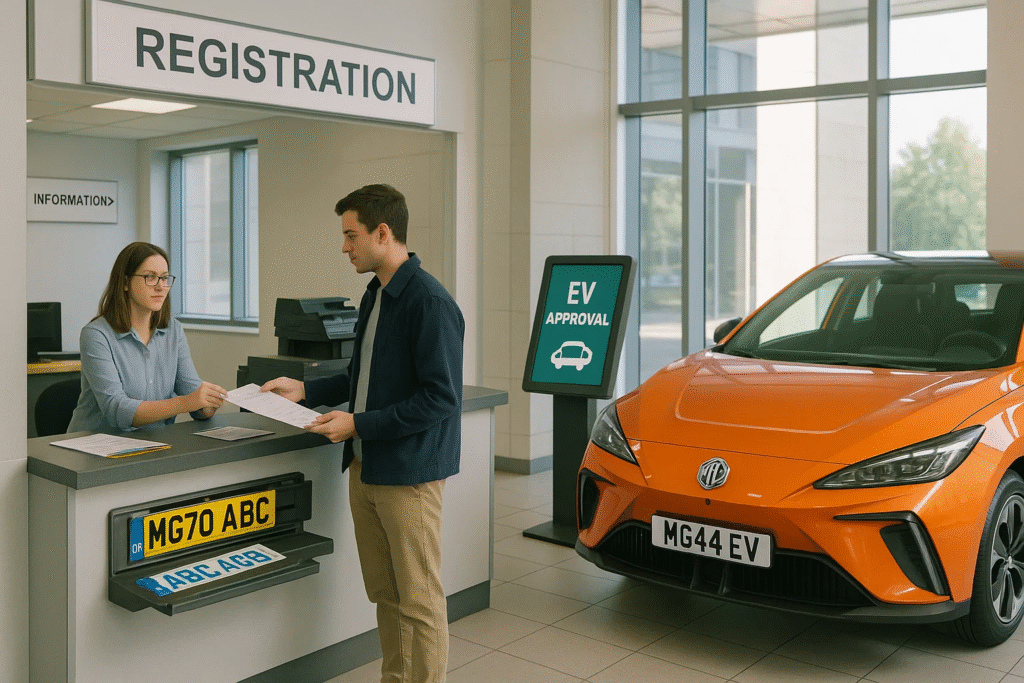
How to Buy a Chinese EV in the U.S. or Europe in 2025: Import, Warranty & Ownership Guide
But catch this: while they’re selling in the millions abroad, buying one in the U.S. or Europe takes more than a visit to the showroom. This guide covers everything you need—whether you’re in New York, Berlin, or Oslo—and whether you’re importing from abroad or buying locally.
1. Are Chinese EVs Sold Directly in the U.S. or Europe?
Europe
Yes—Chinese EVs are officially sold in:
Germany
France
Norway
Netherlands
Sweden
UK (MG, BYD)
Homologation & Support:
Fully compliant with EU regulations (UNECE/Euro NCAP)
Local dealer networks, service centers & factory warranties
United States
No—as of 2025, no Chinese EV brand sells directly to U.S. retail consumers.
Constraints:
Tariffs: 25–27.5% on imported Chinese vehicles
Limited access: only fleet/bus sales and pilot leasing programs
But… Importing is possible, albeit complicated (see Section 2).
2. Importing a Chinese EV to the U.S. or Europe
Europe – Smoother Route
Most countries accept Chinese EV imports if you have:
UNECE or Euro NCAP certification
Local homologation documents
Proof of EU charging standard (CCS2 port, ISO‑compliant software)
You can import from established markets (Germany, Netherlands, Norway) if your local dealer doesn’t stock the model.
United States – Complicated Process
To import, the vehicle must:
Meet DOT & EPA compliance
Be on NHTSA’s list of approved non‑conforming vehicles
Pay tariffs (25%+) and shipping fees
Sometimes be modified to FMVSS standards
Not qualify for U.S. EV tax credits (final assembly outside North America)
Bottom line: Europe—feasible and legal. U.S.—only practical for collectors, fleet buyers, or compliance brokers.
3. What About Warranty & Service?
In Europe
Full factory warranties (5–8 years battery, 3–5 years vehicle)
Established service centers in key markets
OTA software updates, multilingual
In the U.S.
No official warranty unless the brand opens local operations
Independent shops lack OEM diagnostic access (unless aftermarket tools exist)
Parts must be shipped from Asia or Europe
Technician’s note: Zeekr and MG (via Geely/SAIC) are likely to establish North American support soon—watch for Mexico/Canada assembly plants.
4. Registration, Insurance & Roadworthiness
In Europe
Franchise-purchased vehicles register like any EV
Grey-market imports require local inspection for:
Lighting & tire specs
ADAS system conformity
In the U.S.
Title options: Show‑and‑Display exemption or 25‑Year Import Rule (not available for new models)
Insurance: Very hard—few underwriters cover unverified imports
Registration: State‑by‑state; most refuse un‑homologated vehicles for public roads
5. Realistic Buyer Tips (2025)
Buyer Type Best Path Forward
🇺🇸 U.S. EV Enthusiast Wait for formal entry (via Mexico), or lease from pilot ride‑share/fleet programs
🇪🇺 EU Private Buyer Purchase from certified dealers in France, Germany, Scandinavia; full warranty & support
🌐 Global Importer Use specialized brokers for compliance, tariffs & paperwork—expect +20–30% over MSRP
⚙️ Mechanic’s Verdict
Europe: Now is the time—Chinese EVs deliver top‑tier technology, battery safety, and design at 10–20% lower cost. Stick with fully supported brands (BYD, MG, Zeekr).
United States: Play the long game. BYD and Zeekr plans for Mexico‑based assembly should open U.S. sales with service support in late 2025/2026.
✅ Final Word
Chinese EVs are no longer underdogs—they’re outpacing competitors in affordability, battery technology, and design maturity. But your ability to own one hinges on where you live, how long you can wait, and whether you’re importing or buying through official channels. For European motorists, the choice is here today; for Americans, it’s just over the horizon.

